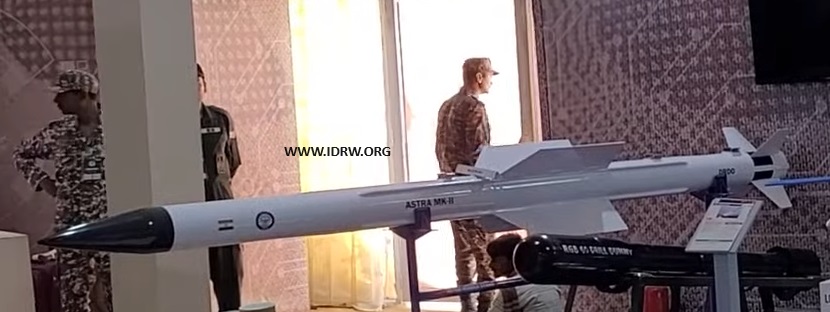SOURCE: AFI

Recent media reports suggesting a reduced range for India’s Astra MkII air-to-air missile (130km instead of 160km) have sparked discussion. It’s important to understand that a missile’s advertised range isn’t a fixed number, but rather a capability that can vary depending on several factors.
They are many Factors Affecting Air-to-Air Missile Range. Higher the launch altitudes of the missiles means it allow the missile to reach greater distances due to thinner air resistance. A fighter jet climbing to a higher altitude before launch can significantly extend the missile’s reach.
Air-to-Air Missile while Engaging a larger, less maneuverable target like a bomber/ flight Refueling aircraft would allow for a greater effective range compared to a smaller, agile fighter jet performing evasive maneuvers.
Some air-to-air missiles have different operational modes. An engagement mode prioritizing speed and maneuverability for close-range combat might sacrifice some range compared to a long-range interception mode.
Without official confirmation on the exact range of the Astra MkII, it’s crucial to consider the factors above. idrw.org has been told that the 130km figure might represent a specific launch scenario, and the missile could very well be capable of exceeding that range under optimal conditions.
The true measure of an air-to-air missile lies in its overall effectiveness. Factors like seeker technology, lock-on range, and maneuverability are equally important. Even if the Astra MkII’s base range is slightly lower than initially anticipated, its overall capabilities might still position it as a formidable weapon for the Indian Air Force.
Official information from DRDO (Defence Research and Development Organisation) regarding the Astra MkII’s range and capabilities will provide a clearer picture. For now, it’s important to remember that a single number doesn’t define an air-to-air missile’s true potential.